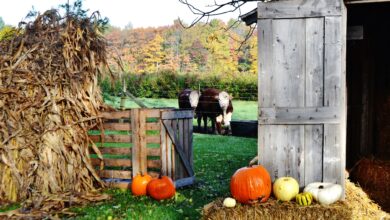
Dive into 3D Shapes: Discovering Geometric Forms for Kids!
Dive into 3D Shapes: Discovering Geometric Forms for Kids!
Welcome to the World of 3D Shapes! On this page, we’ll explore a variety of 3D shapes with easy examples, ensuring that kids can grasp these concepts effortlessly.
Understanding The Dimensions
The three dimensions of an object are often named length (or depth), width (or breadth), and height. These dimensions give shape and structure to everything around us.
Common 3D Geometric Shapes
- Cylinder: A three-dimensional shape with two parallel circular bases of equal size connected by a curved surface.
Example: “She placed the tall vase, shaped like a cylinder, on the center of the table.”
- Cube: A solid shape with six equal square faces, all angles are right angles.
Example: “The toy is designed as a colorful cube with different patterns on each face.”
- Cuboid: Also known as a rectangular prism, it has six rectangular faces and all angles are right angles.
Example: “The storage box under the bed is a cuboid, perfect for keeping extra blankets.”
- Cone: A shape with a circular base and a pointed top, often used in ice cream cones and traffic cones.
Example: “He carefully placed the party hat on his head, which looked like an upside-down cone.”
- Pyramid: A solid shape with a polygonal base and triangular faces that meet at a common vertex.
Example: “The ancient Egyptians built grand pyramids as tombs for their pharaohs.”
- Sphere: A perfectly round 3D shape, all points on its surface are equidistant from its center.
Example: “The crystal ball seemed to glow as light danced across its spherical surface.”
- Hemisphere: Half of a sphere, resembling a dome or half a round object.
Example: “The geodesic dome had a beautiful hemisphere shape that showcased the futuristic design.”
- Triangular Prism: A prism with triangular bases and rectangular sides.
Example: “In math class, they constructed a triangular prism using paper and tape.”
- Hexagonal Prism: A prism with hexagonal bases and rectangular sides.
Example: “The tower’s roof had a unique hexagonal prism structure that caught everyone’s attention.”
- Tetrahedron: A pyramid with a triangular base, having three triangular faces and one triangular vertex.
Example: “The small pendant hanging from her necklace was a delicate tetrahedron.”
- Torus: A doughnut-shaped object with a hole in the middle.
Example: “The physics teacher explained the concept of a torus using a donut as an analogy.”
- Octahedron: A shape with eight faces, each being an equilateral triangle.
Example: “The precious gemstone was skillfully cut into an octahedron shape, showcasing its natural brilliance.”
- Pentagonal Prism: A prism with pentagonal bases and rectangular sides.
Example: “The architect sketched a pentagonal prism structure for the new community center.”
- Dodecahedron: A solid shape with twelve faces, each being a regular pentagon.
Example: “The intricate crystal hanging from the chandelier had a dodecahedron shape, reflecting light beautifully.”
- Icosahedron: A solid shape with twenty faces, each being an equilateral triangle.
Example: “The icosahedron model helped students understand the concept of triangulation in geometry.”
- Ellipsoid: A three-dimensional shape resembling a stretched sphere, with all three axes of differing lengths.
Example: “The planetarium showcased an ellipsoid model of the Earth to demonstrate its oblate shape.”
Understanding these shapes can be fun and educational, helping to build a foundation in geometry and spatial reasoning.
Check out other articles:
Synonyms for Experienced | A List of 35 Other Words for Experienced





